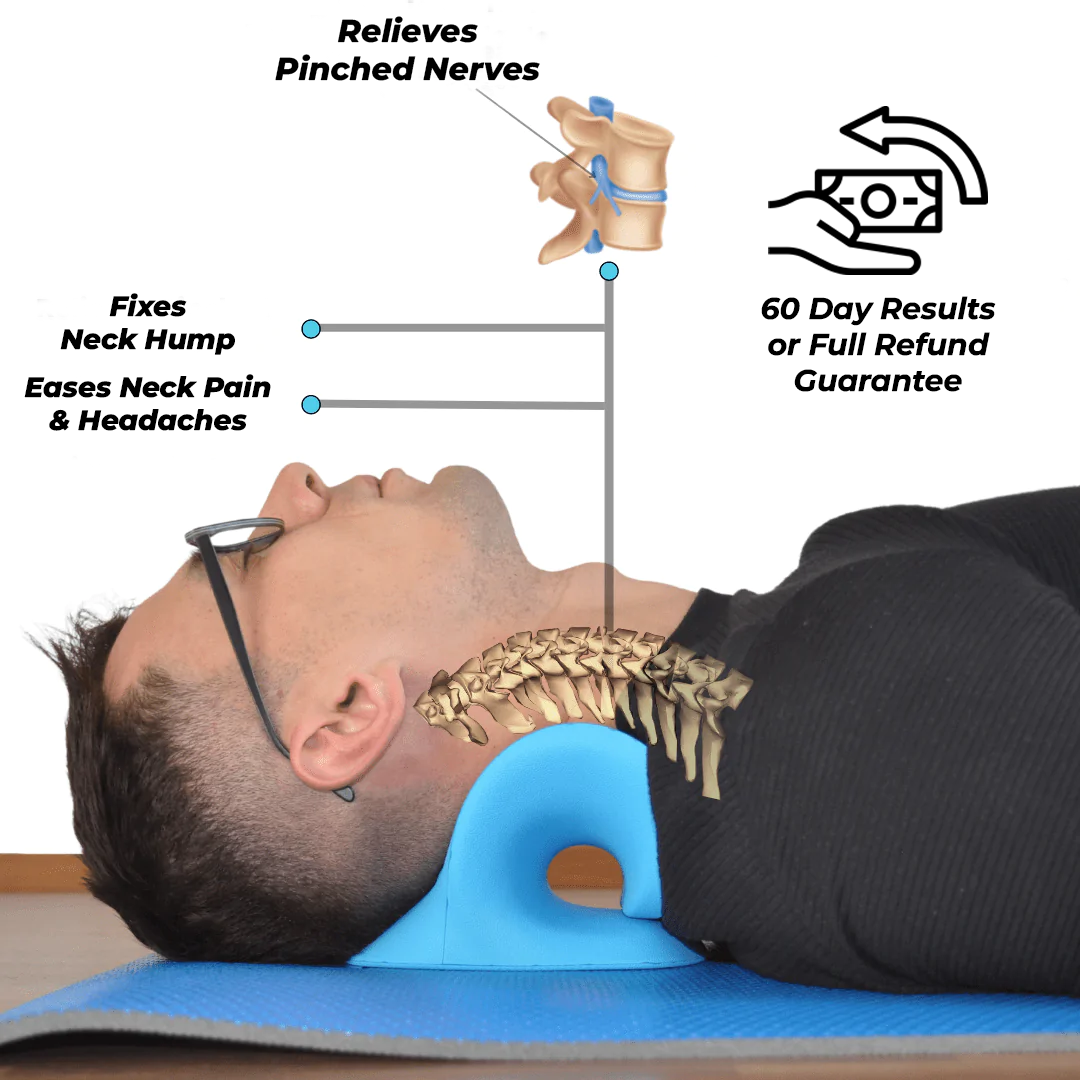Neck Cloud Evaluation: A Revolutionary Device for Neck and Back Health
Neck Cloud Evaluation: A Revolutionary Device for Neck and Back Health
Blog Article
Neck Discomfort in the Workplace: Recognizing Danger Factors and Carrying Out Ergonomic Solutions
Neck discomfort in the office is a widespread concern that can affect employee wellness and performance. By comprehending the various risk aspects contributing to neck discomfort and implementing ergonomic services, organizations can create a more favorable work atmosphere.
Common Reasons of Neck Pain
Neck pain in the office is a widespread issue that can be attributed to numerous typical reasons. One of the main culprits is poor pose, which usually results from prolonged durations of sitting inaccurately at a desk or workstation. This can lead to stress on the neck muscles and joints, causing discomfort and discomfort. In addition, recurring motions such as frequent bending, twisting, or getting to can likewise add to neck discomfort with time. Straining the neck by holding it in an unpleasant setting for extensive durations, like nestling the phone in between the ear and shoulder, can aggravate the issue (neck cloud).

Ergonomic Danger Elements
Poor ergonomics in the office can dramatically add to neck pain amongst workers. Aspects such as improper workdesk elevation, insufficient chair support, and unpleasant positioning of computer displays can all play a role in the advancement of neck pain. When employees are required to sit for extensive periods in positions that strain their neck muscles, it can lead to rigidity, soreness, and a lot more serious bone and joint problems with time.
Furthermore, inadequate ergonomic methods can result in employees taking on uncomfortable stances while working, such as craning their necks to see a computer system screen or getting to annoyingly for a mouse or key-board. neck cloud. These repetitive motions and unnatural placements can put undue tension on the neck and bordering muscular tissues, leading to discomfort and decreased performance

Workdesk Configuration Recommendations
To reduce the risk of neck discomfort and discomfort, there are a number of workdesk setup referrals that employees must think about. Make certain that the computer screen is positioned at eye degree to protect against straining the neck by looking up or down.
It is also vital to have appropriate lighting to minimize eye strain, as scrunching up your eyes or leaning forward can result in neck tension. Arrange the desk design to maintain often used things within arm's reach, restricting the requirement for recurring turning or reaching movements. By applying these desk configuration referrals, employees can develop a more ergonomic work space that supports neck health and wellness and reduces the risk of developing work-related neck pain.
Stretching and Workout Tips
To keep flexibility and lower muscular tissue tension in the work environment, integrating stretching and exercise routines can be useful for general wellness and efficiency. Easy desk-friendly stretches can aid reduce neck discomfort and stop stiffness. Neck rolls, shoulder shrugs, and mild side-to-side neck stretches are effective in easing stress. Additionally, see this including workouts like chin tucks, shoulder blade presses, and upper back stretches can assist strengthen muscles that sustain great pose.
It is necessary to take brief breaks throughout the day to execute these exercises. Establishing tips or utilizing apps that prompt motion can help establish a normal stretching routine. It is very important to pay attention to your body and prevent overstretching, specifically if you are brand-new to these exercises. Uniformity is vital, so aim to include extending and workout into your day-to-day job routine. By prioritizing these activities, you can boost your physical well-being, decrease the danger of neck pain, and improve your overall productivity in the office.
Importance of Regular Breaks
In Going Here a fast-paced job atmosphere where demands can contribute to physical pressures like neck discomfort, developing a regimen that highlights the relevance of routine breaks is paramount. By including short breaks into the job routine, workers can lower the risk of establishing neck pain and enhance general convenience and performance.
These breaks can likewise offer as a chance for employees to exercise leisure techniques or mild neck stretches, even more advertising musculoskeletal health. Implementing a society that values and prioritizes regular breaks can have a substantial influence on decreasing neck discomfort and improving overall health in the office.
Conclusion
Finally, addressing ergonomic risk variables and applying appropriate workstation configurations are important in reducing neck pain in the office. By promoting excellent stance, providing ample support, and motivating normal breaks and stretches, companies can develop a healthier and much more efficient job atmosphere for workers. Focusing on employee well-being through ergonomic solutions is essential to protecting against pain and enhancing general work environment contentment.
Neck pain in the work environment is a widespread problem that can affect employee health and performance. By recognizing and resolving these usual causes of neck pain in the workplace, employers can take positive actions to create a more ergonomic and comfortable job setting for their workers.
Poor functional designs in the workplace can significantly these details add to neck pain among workers. By implementing these workdesk setup referrals, staff members can create a much more ergonomic office that supports neck health and lowers the threat of creating occupational neck discomfort.
Neck rolls, shoulder shrugs, and gentle side-to-side neck stretches are reliable in easing tension.
Report this page